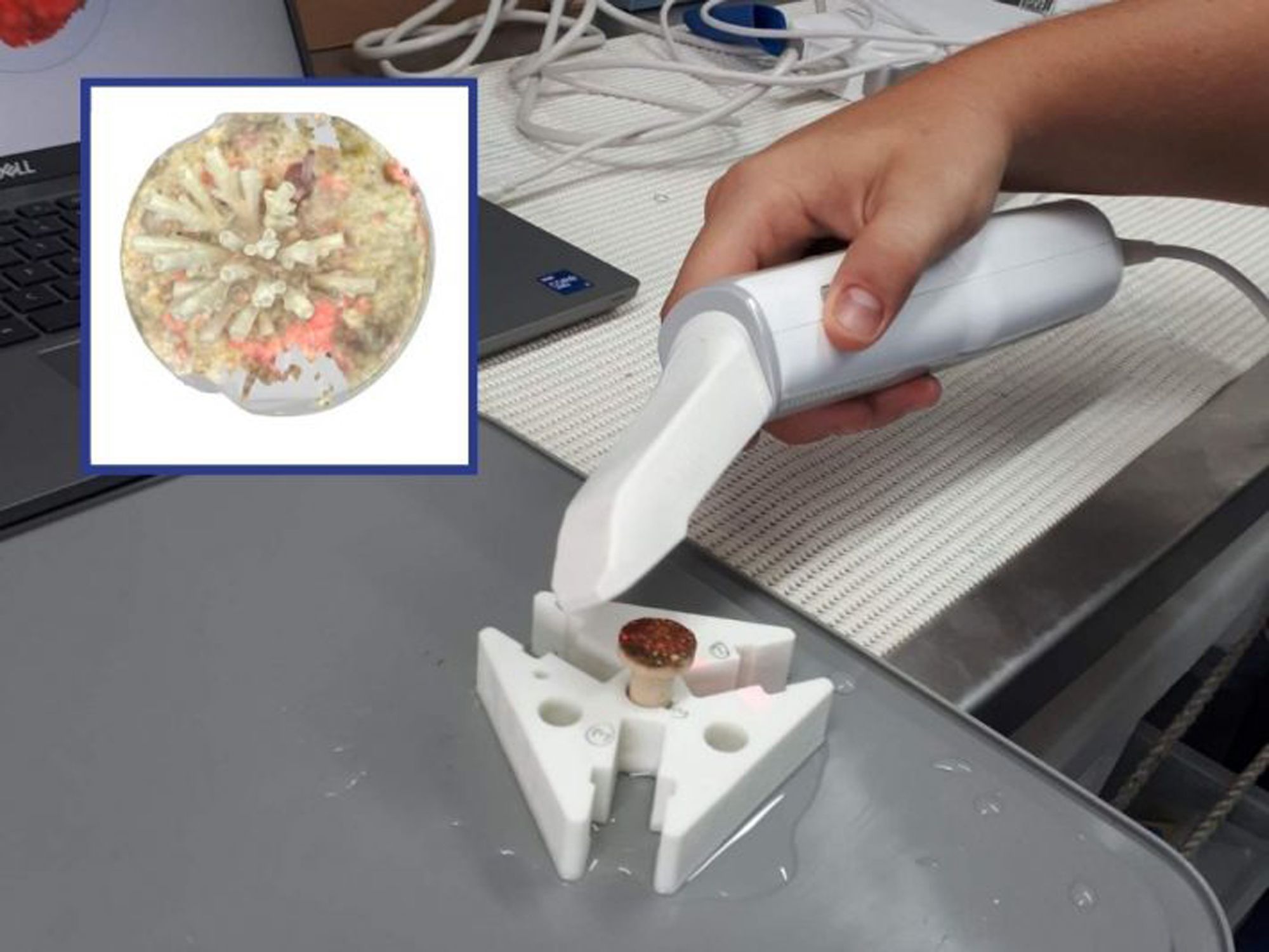Marine Biologist Uses iTero Element 5D Flex to Scan and Study Baby Coral
Using dental scanning technology, this marine biologist was able to study coral, leading to more efficient data gathering and a potential to protect these vital oceanic species.
Marine Biologist Uses iTero Element 5D Flex to Scan and Study Baby Coral

Recently, a senior research scientist at the Minderoo Foundation, discovered that coral can be scanned non-destructively using dental intraoral scanners. At a trip to the dentist, Dr Kate Quigley’s clinician used an intraoral scanner, taking scans to create a 3D model of her teeth that could easily be viewed through software.
Dr Quigley wondered if she could apply this technology to coral, the underwater organism that provides enrichment and protection for many of the earth’s oceans. Coral, which Dr Quigley studies, has been at risk for decline, making its preservation and protection important for the quality of oceanic ecosystems.
Looking and studying coral early in its lifespan can help scientists predict trajectories of disturbance or recovery, according to a press release from the British Ecological Society.
Noting the similarity in structure between coral and teeth, Dr Quigley applied an iTero Element 5D Flex to scan and measure juvenile corals at the Australian Institute of Marine Science’s National Sea Simulator. These scans were said to take less than 3 minutes and did no harm to the coral. Previously, getting full scans and models of coral took over 4 hours.
“For the first time, this new method will allow scientists to measure thousands of tiny corals fast, accurately, and without any negative health impacts on the coral,” Dr Quigley said in the press release. “This has the potential to expand large-scale monitoring of ocean health and for up-scaling coral reef restoration.”
Though no scanners are waterproof to the extent of being fully submergible in ocean water, Dr Quigley hopes that in the future this could be possible. Regardless, being able to use it on a boat with wild corals brought up from the water helps to get accurate data.
“We have taken this technology on the boat before and brought up wild and laboratory-reared corals for measurement,” Dr Quigley said. “So we are getting there!”
Read Dr Quigley's study here.